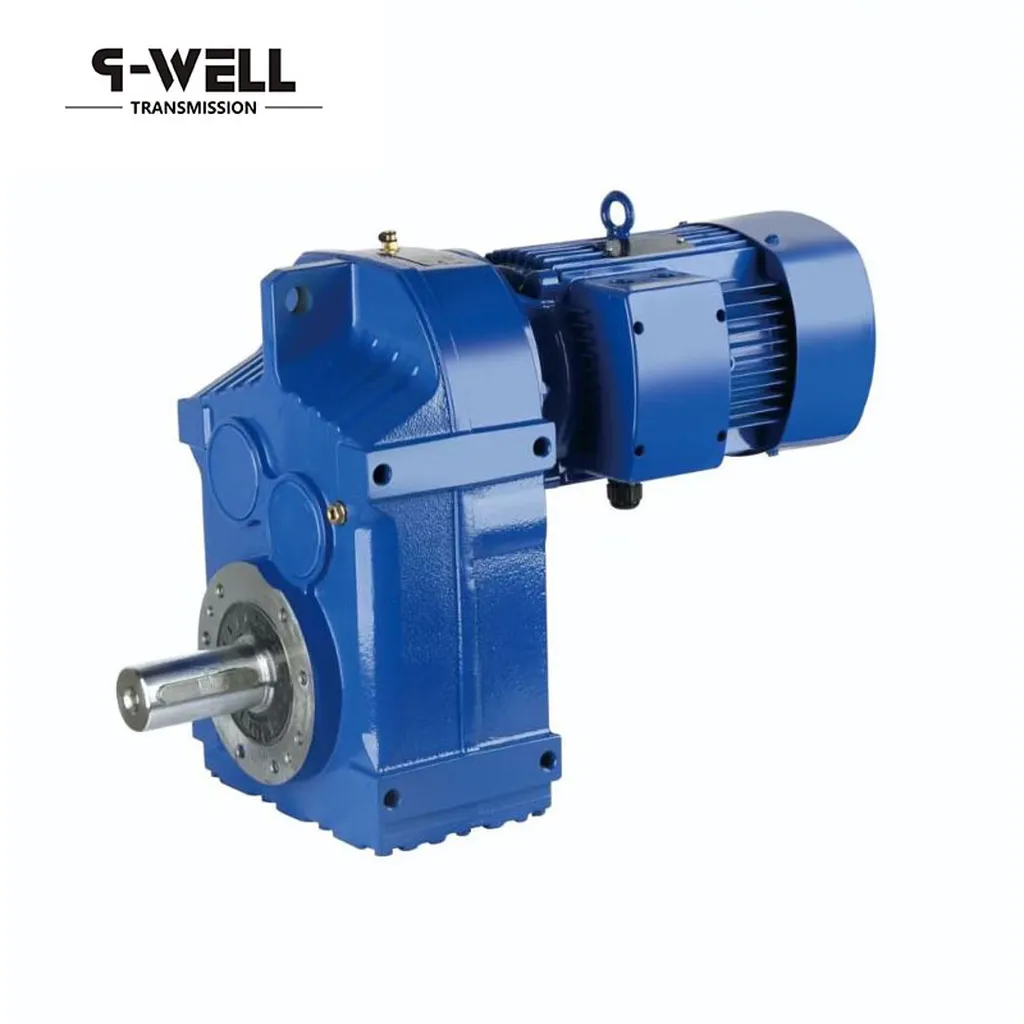In the world of mechanical engineering, helical gears are the unsung heroes, quietly transmitting power and motion in countless applications, from wind turbines to industrial machinery. Yet, their efficiency and longevity are often hampered by wear and tear, a challenge that researchers have long grappled with. Now, a groundbreaking study led by Z. Yin from the School of Machinery and Automation at Weifang University in China is shedding new light on the wear characteristics of helical gears, promising to revolutionize the energy sector and beyond.
The study, published in *Mechanical Sciences* (which translates to *Mechanical Science and Technology*), delves into the complex lubrication conditions between meshing tooth surfaces, a factor often overlooked in previous research. “Existing research has not sufficiently considered the complex and variable lubrication conditions between meshing tooth surfaces,” Yin explains. This oversight has left a significant gap in our understanding of gear wear, particularly under mixed elastohydrodynamic lubrication (EHL) conditions.
Yin’s team constructed a sophisticated EHL model based on the meshing characteristics of helical gears, analyzing the lubrication characteristics and temperature changes induced by asperity contact and oil film shear. They then introduced these factors into an improved Archard wear model to create a comprehensive surface wear calculation model under mixed EHL conditions.
The findings are nothing short of transformative. The research indicates that the wear depth at the tooth root and top is deeper than at the pitch position, with the pinion’s surface wear depth greater than that of the gear. Moreover, the maximum wear appears at the pinion’s tooth root. Perhaps most notably, the wear depth under mixed EHL conditions is nearly 4 orders of magnitude lower than that under dry friction conditions.
“This study provides a reliable theoretical basis for predicting and optimizing the tooth surface wear of helical gears under complex lubrication conditions,” Yin asserts. The implications for the energy sector are profound. By understanding and mitigating wear, we can enhance the efficiency and longevity of gear systems in wind turbines, power plants, and other critical infrastructure.
The research also offers practical insights. Reducing the magnitude of tooth surface roughness can effectively decrease wear depth. Appropriately increasing the velocity, module, tooth width, helix angle, and tooth surface hardness can improve the anti-wear ability of tooth surfaces. These findings could lead to the development of more durable and efficient gear systems, reducing maintenance costs and downtime.
As we look to the future, Yin’s research is poised to shape the next generation of mechanical design. By providing a deeper understanding of wear mechanisms, it paves the way for innovative solutions that can withstand the rigors of modern industrial applications. In the words of Yin, “This study can provide a reliable theoretical basis for predicting and optimizing the tooth surface wear of helical gears under complex lubrication conditions.” With such insights, the future of mechanical engineering looks brighter—and more efficient—than ever before.

